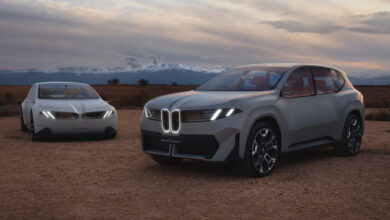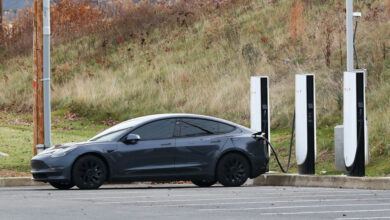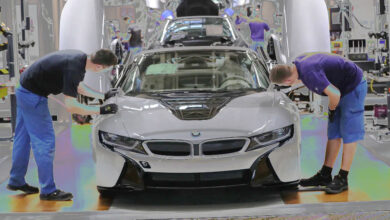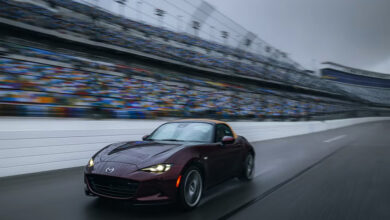Next-Gen Tech: Innovations You Might See in Future Cars
Next-Gen Tech: Innovations You Might See in Future Cars
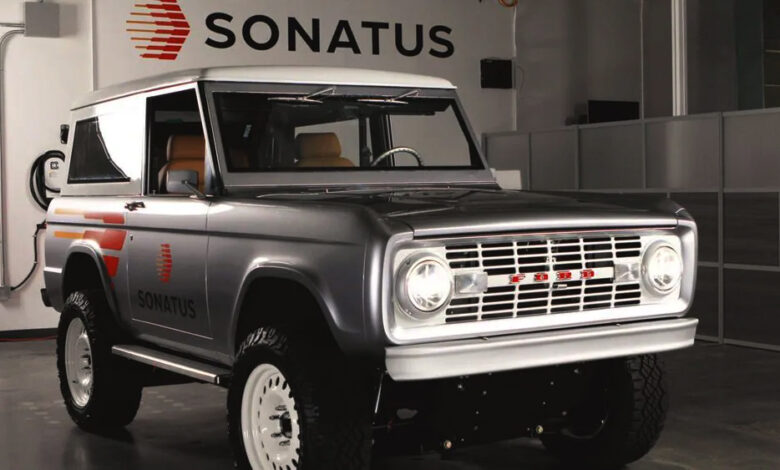
From software-driven classics to bionic cooling and personalized audio, here’s what could define the vehicles of tomorrow.
It happens every year—after days and countless steps at CES, there are always a few standout innovations that don’t fit neatly into any particular category. This year’s crop includes a retrofitted classic car that diagnoses its own problems, owl-inspired cooling systems, Kindle-style displays, and even a Jeep that doubles as a mobile power station. These futuristic features might make their way into your next car (or the one after that).
A Classic Goes High-Tech: Software-Defined ’70 Bronco
Automotive software supplier Sonatus showcased its technology in a Zero Labs-electrified 1970 Ford Bronco, equipped with off-the-shelf ECUs running the company’s Automator AI toolkit. This setup allows new features to be easily programmed and remotely updated.
A standout demonstration showed the system upgrading the functionality of a key fob for remote unlocking. What really wowed attendees was Sonatus’ AI Technician feature. Imagine this: You notice a rough engine idle, and instead of guessing, you ask your car about it. Using Sonatus Collector AI, the vehicle gathers sensor data, compares it with service manual information, and provides a likely diagnosis, the severity of the issue, and even schedules a repair appointment. OEM engineers can also use this data to inform software updates or recalls. This “service writer bot” brings a new level of convenience to vehicle maintenance.
Audio Perfectly Tuned to Your Ears
Denon joined Audio Foundry’s Tesla Model Y project this year, which had previously featured carpet-integrated speakers. Now, the audio system boasts 22 strategically placed speakers, including exciters in the headrests and roof liner, along with Denon and Tymphany woofers.
Denon and Dirac introduced a game-changing feature: PerL earbuds that analyze the user’s ear canal to deliver personalized spatial equalization. The result? An audio experience tailored to each listener’s unique ear shape. While multi-user profiles are still in development, this tech hints at a future where in-car audio is as individualized as it gets.
Bionic Cooling: Nature Meets Innovation
Mahle, a Tier I supplier, unveiled cooling systems inspired by owls and coral. The fan blades, designed like stealthy owl wings, reduce noise by half while increasing efficiency by 10%. Meanwhile, Mahle’s battery-cooling plates mimic coral water channels rather than linear designs, improving cooling by 10% and cutting pressure loss by 20%. These advancements also reduce material usage, making the components eco-friendlier.
Revolutionary Console Design
Morphing MicroLED Consoles: Taiwan-based AUO debuted a flexible microLED center console featuring movable pins beneath the screen. These pins create tactile, 3D buttons that can rise and fall to represent various controls, offering both visual and haptic feedback.
Capacitive-Force Buttons: UltraSense introduced a capacitive/piezo-electric switch system with hidden-until-lit buttons. These switches are embedded behind surfaces like wood, carbon fiber, and metal. By incorporating piezo strain technology, accidental activations are minimized, and production is anticipated by 2027.
Dynamic Displays with E-Ink and Crystals
Continental unveiled its Emotional Cockpit, which combines innovative display technologies. The centerpiece is a dual display with Swarovski crystals—a MicroLED touchscreen on top and an LCD below.
More impressive is Continental’s use of E-Ink technology. This low-energy display can change interior panel designs from carbon fiber to wood grain at the push of a button. Exterior B-pillar E-Ink panels can also convey information like battery charge or ride-share passenger details.
A Jeep That’s a Power Grid on Wheels
Stryten Energy introduced a mobile power station housed in a heavily modified 2015 Jeep Wrangler pickup. Equipped with 90 kWh of batteries and a 5.9-liter Cummins diesel generator, the system can recharge from 20% to 80% in 15 minutes. Capable of solar recharging, it provides prolonged power in emergencies. Additionally, the Jeep retains off-road capability with a 335-hp Cascadia motor powering its live-axle drivetrain.


